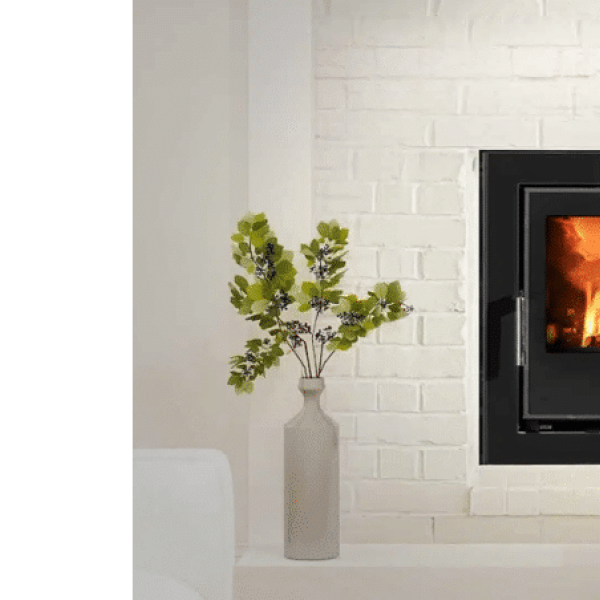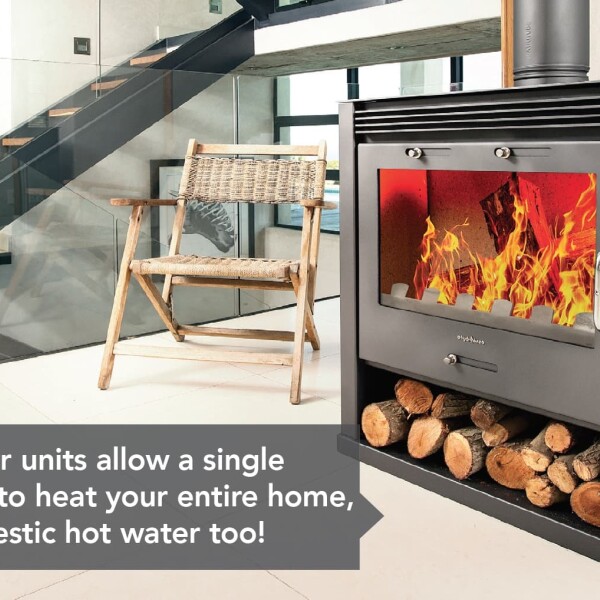How Warm Should Underfloor Heating Feel? Understanding the Perfect Temperature
A Different Kind of Warmth
If you've ever stepped onto a warm tile floor on a cold winter morning, you know that underfloor heating doesn’t feel like traditional heat. It’s not the dry blast of air from a heater or the intense wave from a fireplace — it’s something more subtle, more even, and far more luxurious.
That often leads to a common question: How warm should underfloor heating feel?
The answer lies in understanding how radiant heat works, how your flooring affects heat sensation, and how to balance comfort with efficiency. In this guide, we’ll break it all down and explain how Hydrofire’s underfloor heating systems are designed to deliver the perfect warmth — one that makes every step a pleasure, every morning more bearable, and every room more liveable throughout the cold months.
What Is Radiant Heat, and Why Does It Feel Different?
Underfloor heating uses radiant energy, meaning it warms up the surfaces and objects in a room — not just the air. That’s why the heat feels gentle and even. Your feet, legs, and lower body stay warm while the ambient temperature rises gradually without drafts, dry air, or hot spots.
Because it works through slow, even heat transfer, underfloor heating doesn’t feel hot — it feels comfortably warm. Instead of experiencing temperature extremes, you enjoy a consistent background warmth that allows you to live, work, and relax without thinking about your heating system.esign, and wellness. It allows you to enjoy the space without visible units, air movement, or noise — just pure, balanced heat from the floor up.

Ideal Temperature Range: What Should You Expect?
So, how warm should it actually feel?
- Floor surface temperature:
23°C to 29°C is ideal for comfort. This temperature feels pleasantly warm underfoot without ever feeling too hot or unsafe to touch. Anything above 29°C can feel too warm for living areas and may lead to inefficiencies.
- Room air temperature:
Underfloor heating is capable of maintaining a room temperature between 20°C and 24°C, depending on your preferences and how well insulated the room is. Bedrooms may feel slightly cooler, while bathrooms are often set warmer for spa-like comfort.
- Heating system water temperature
(for hydronic systems): For water-based systems, this typically ranges from 30°C to 50°C, influenced by flooring material and insulation levels.
Hydrofire underfloor systems are engineered to deliver these ranges with precision. Coupled with thermostat control, you can easily personalise the feel of each space, ensuring every room is tailored to your expectations.
Why Underfloor Heating Feels Softer and More Balanced
Many first-time users of underfloor heating are surprised that it doesn't feel extremely hot to the touch. That’s by design.
Radiant floor systems are meant to provide consistent warmth across the entire surface — not intense heat in isolated areas. The warmth is distributed evenly, eliminating the need for higher temperatures that can create discomfort or safety issues.
This consistency results in:
- Improved circulation by warming the body from the feet up
- A more natural environment that mirrors how our bodies perceive comfort
- Fewer drafts and hot/cold pockets, which can disrupt sleep and concentration
By delivering gentle, even heat, underfloor systems support overall wellness, offering both physical comfort and emotional calm. It’s a warmth that feels more like an environment than a heating device.
Flooring Type Matters: How Surface Materials Affect Perception
How warm your underfloor heating feels also depends on the flooring above it. Different materials conduct heat in different ways:
- Tile, stone, and concrete:
These dense, high-conductivity surfaces heat up quickly and distribute warmth efficiently. They feel warm underfoot and are ideal for bathrooms, kitchens, and open-plan living areas.
- Engineered wood and laminate:
These surfaces offer a balanced sensation — warm, but not overly hot. They create a cozy, stylish space, especially in bedrooms and lounges.
- Vinyl and carpets:
These can act as insulators. While still effective, they may reduce heat transfer and require more energy or thinner underlays to optimize warmth.
At Hydrofire, we help customers select compatible materials and plan accordingly to maximise system efficiency. The right combination of flooring and heat distribution ensures that your home feels exactly the way you want it to — not too hot, not too cool.

How Thermostat Settings Affect Sensation
Your thermostat controls not just the temperature, but how that temperature is delivered and maintained throughout the day.
- Programmable thermostats allow you to align heating times with your schedule. For example, you can wake up to warm floors and have them shut off when you leave for work.
- Smart thermostats adjust dynamically based on your habits, external temperatures, or manual inputs. Some even integrate with home automation systems for voice or app control.
If your underfloor heating doesn’t feel warm enough, it may be due to conservative settings or timing. Don’t forget: underfloor systems are gradual — not immediate. Let the thermostat work steadily to build and maintain warmth instead of relying on sudden boosts.
By fine-tuning your thermostat, you can significantly enhance both comfort and energy efficiency — ensuring your home always feels “just right.”
Perception vs Reality: Why Warm Doesn’t Mean Hot
One of the biggest adjustments for people new to underfloor heating is expectation. Underfloor systems are not designed to produce instant, high-intensity heat like a fan or panel heater. Instead, they deliver consistent, ambient comfort.
If you’re used to cold floors, a surface warmed to just 24°C will feel like a luxury. But this doesn’t mean the floor will feel hot. Instead, you’ll notice what’s missing: the chill, the sudden bursts of cold, the need for socks.
The absence of discomfort is what defines radiant heat. Once your body adapts, you'll wonder how you ever lived without it.
When It Feels Too Cold or Too Hot
If your underfloor heating doesn’t feel as expected, a few things could be influencing it:
- Too cold? Check for incorrect thermostat settings, floor coverings (e.g., thick rugs or furniture that blocks heat), or insufficient insulation beneath the system.
- Too hot? This may be a sign of overcompensation — like a thermostat set too high or floor materials retaining heat longer than anticipated.
Hydrofire systems are designed to work in harmony with your home’s layout and materials. If anything feels off, a quick adjustment or consultation can restore the comfort and balance you expect.
Real-Life Comfort Examples
Here’s what warm should feel like, based on room usage:
- Bathroom: A floor temp of 26–28°C transforms cold mornings into spa-like experiences. No shock stepping out of the shower — just seamless comfort.
- Bedroom: Floors set between 23–24°C help maintain a cozy sleeping environment without overheating the air, supporting deeper rest.
- Living room (with tiles): 25°C offers the ideal setting for family hangouts, Netflix marathons, or game nights — all with socks optional.
These real-life applications prove that warmth is more about balance than heat intensity — and Hydrofire’s systems are built to deliver exactly that.
How Warm Should Underfloor Heating Feel?
The right answer is: Warm enough to forget it’s there.
Your Hydrofire underfloor heating should feel like effortless, natural comfort. Not blazing hot. Not barely noticeable. Just perfectly tuned to make winter mornings, quiet evenings, and everyday moments more enjoyable.
By understanding radiant heat, your flooring, thermostat control, and personal comfort levels, you can optimize your entire home for wellness, energy savings, and a superior standard of living.
With the right settings, underfloor heating becomes more than a system — it becomes a lifestyle.

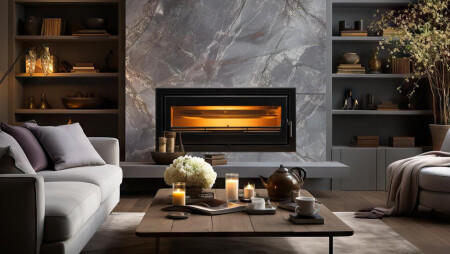
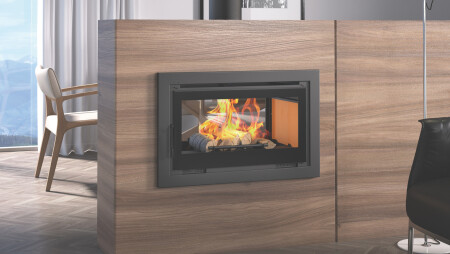
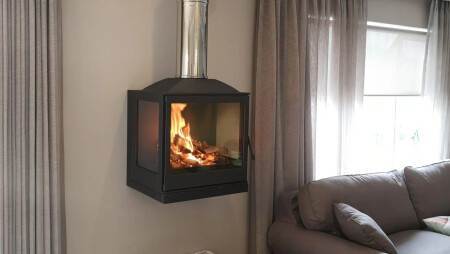
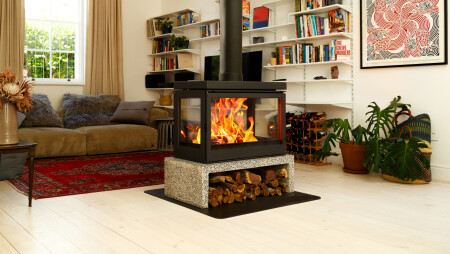

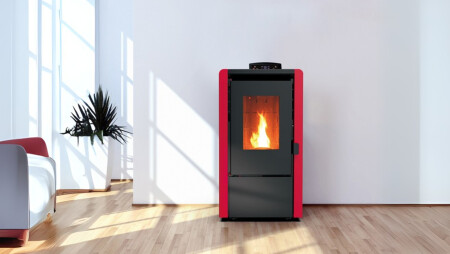

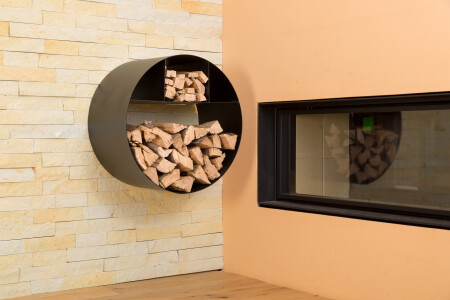


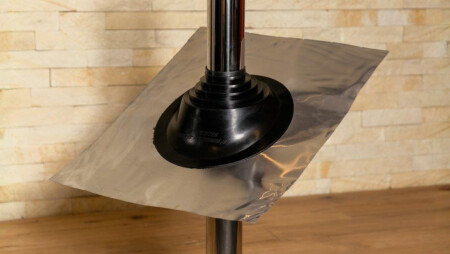
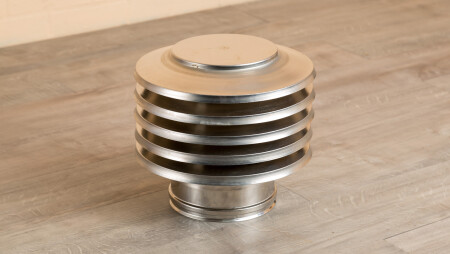
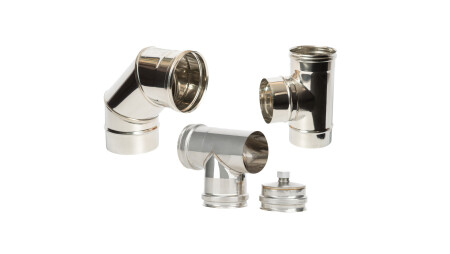


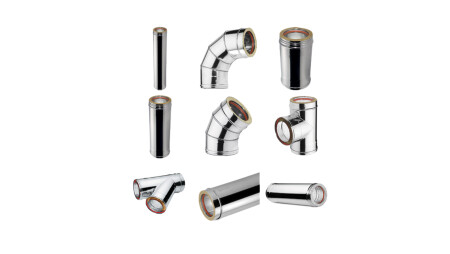
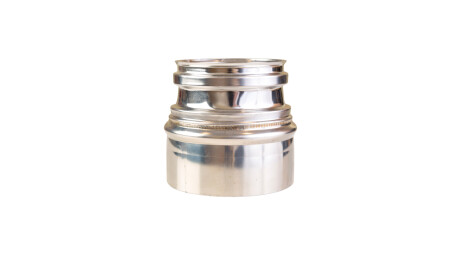
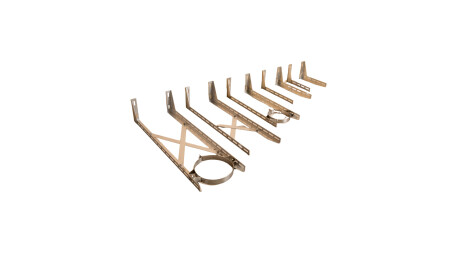

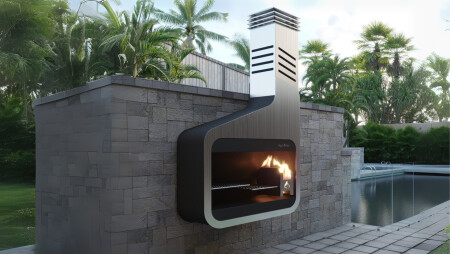
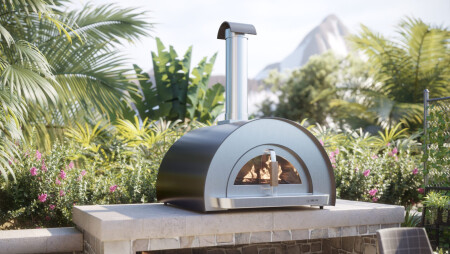
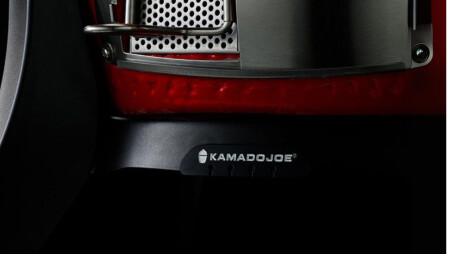
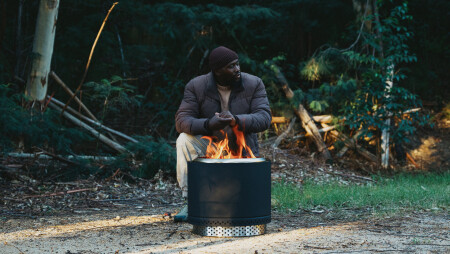
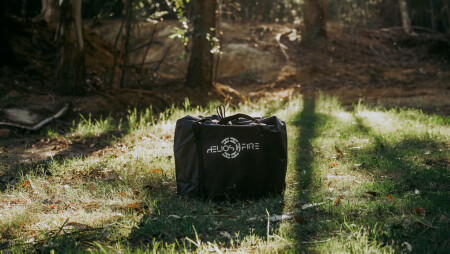

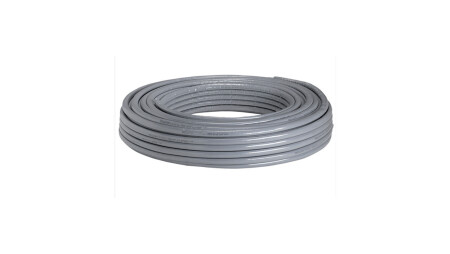

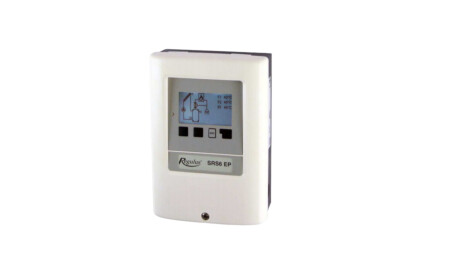
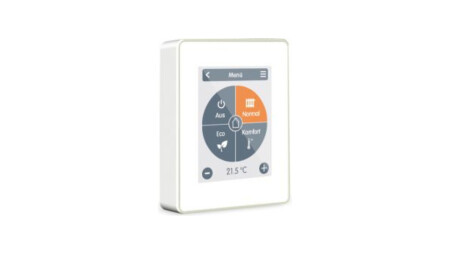


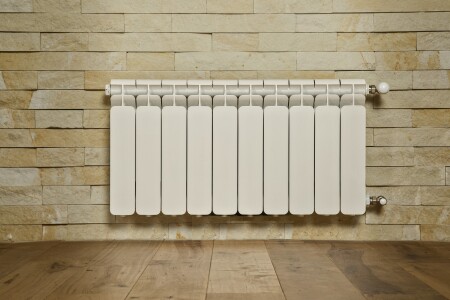
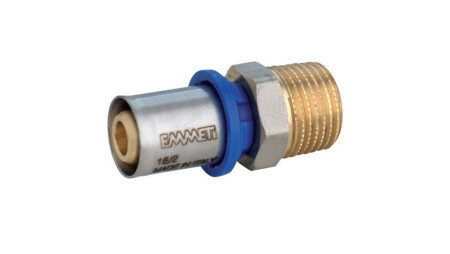

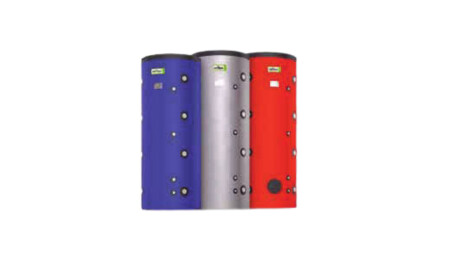
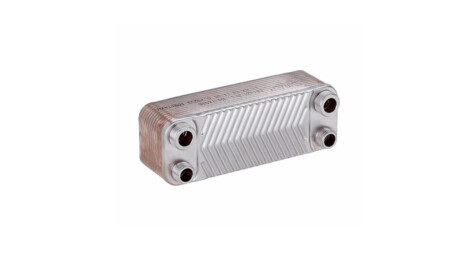
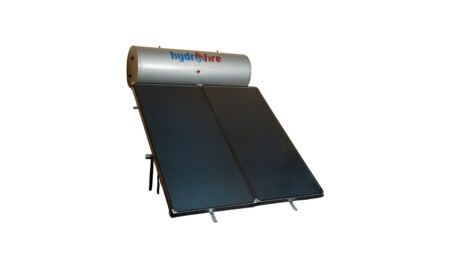
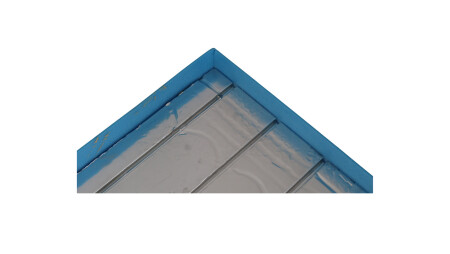

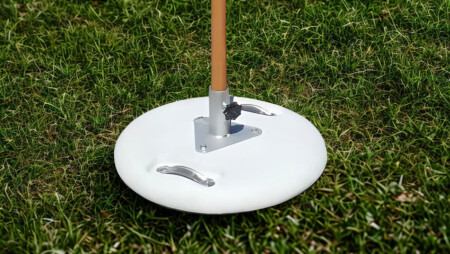
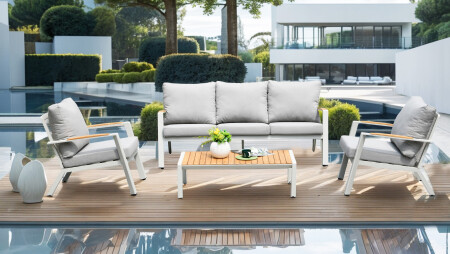
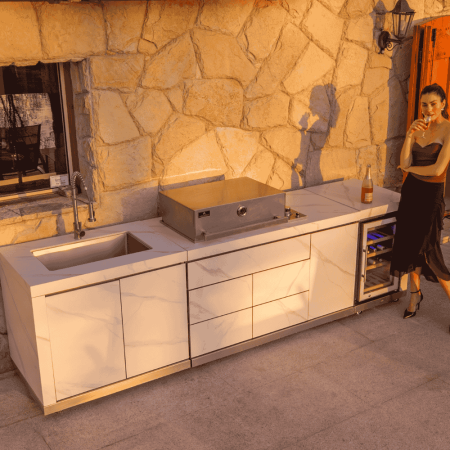





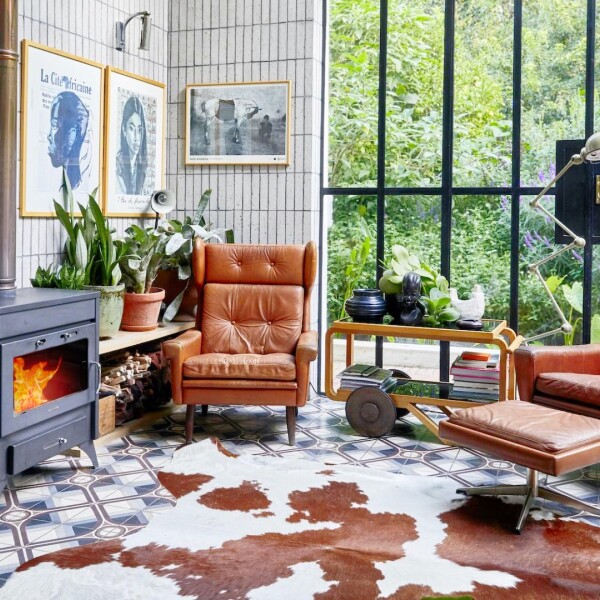
.jpg)
.jpg)
.jpeg)
.jpg)
